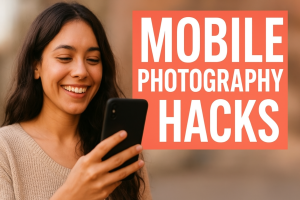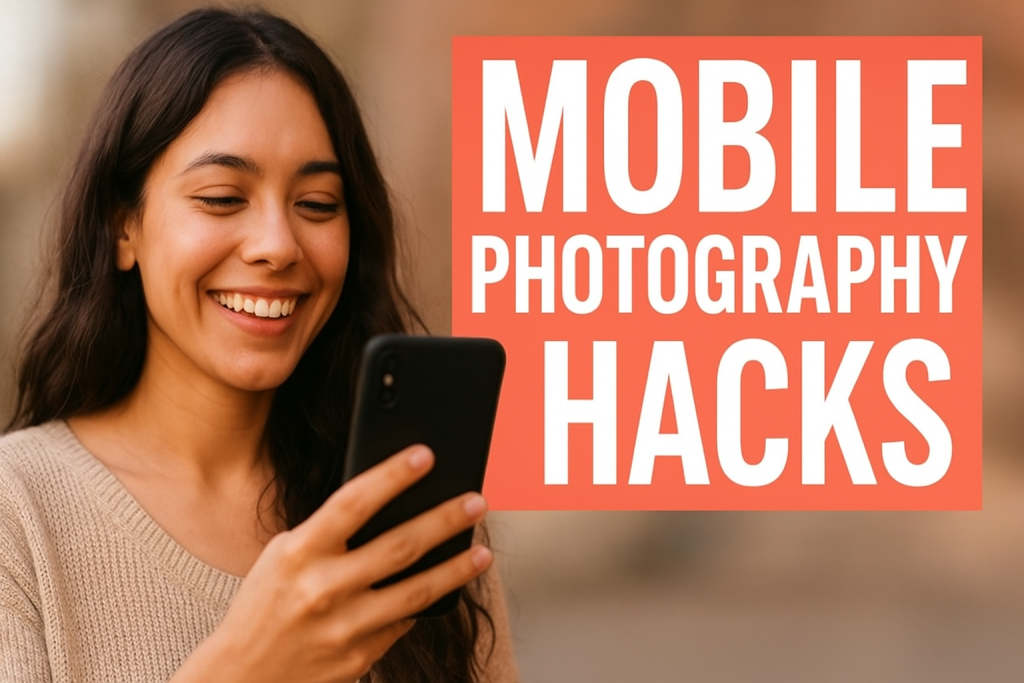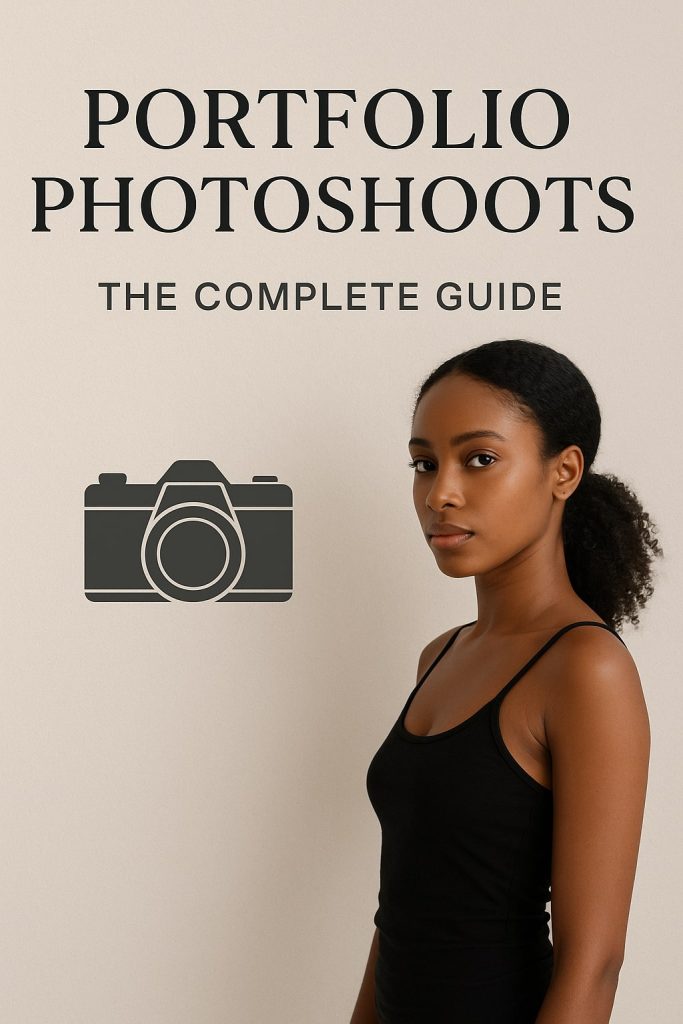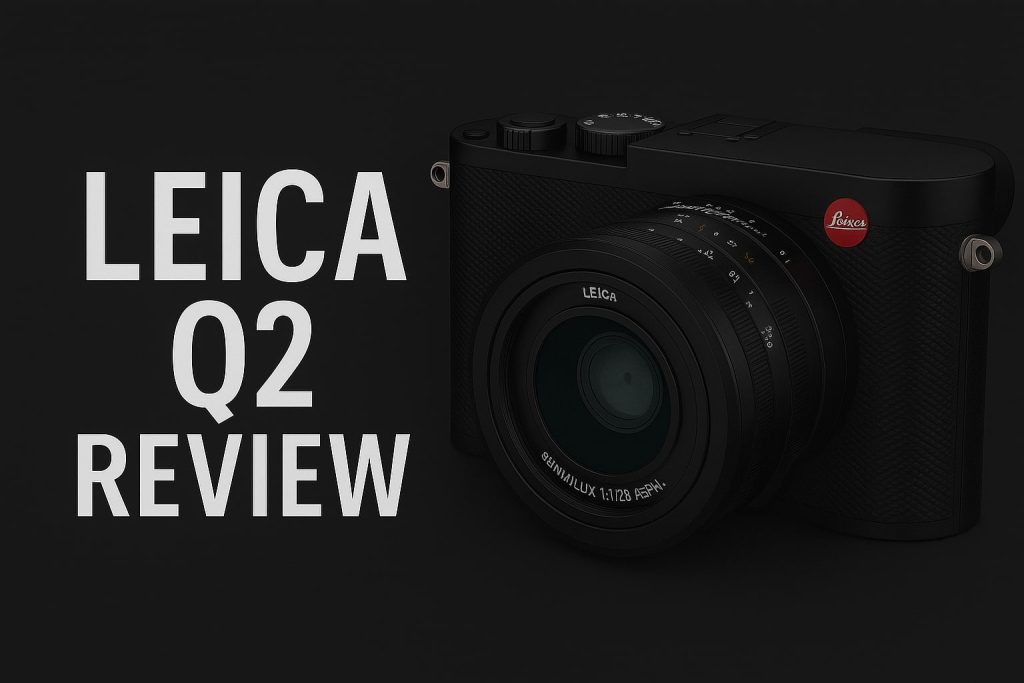Portrait photography is more than just taking pictures of people—it’s about telling a story, evoking feelings, and capturing the essence of a person. At its core, portrait photography is an art form that conveys emotions through imagery, creating a powerful connection between the subject, the photographer, and the viewer.
This blog explores the techniques, strategies, and creative approaches necessary to capture genuine emotions in portrait photography. By mastering these skills, you can take your portraits to the next level, creating images that leave a lasting impact.
1. Understanding the Power of Emotions in Portraits
Emotions are the heart of portrait photography. They add depth, authenticity, and relatability to your images. A photograph that conveys emotion can evoke a visceral reaction, allowing the viewer to connect with the subject on a deeper level.
1.1 Emotional Storytelling
Each portrait tells a story. Whether it’s a moment of joy, introspection, or vulnerability, the emotions conveyed in a portrait can transform an image from a simple photo to a meaningful narrative.
1.2 Why Authenticity Matters
Genuine emotions resonate more strongly than staged expressions. Capturing authentic moments creates trust and relatability, making your portraits stand out.




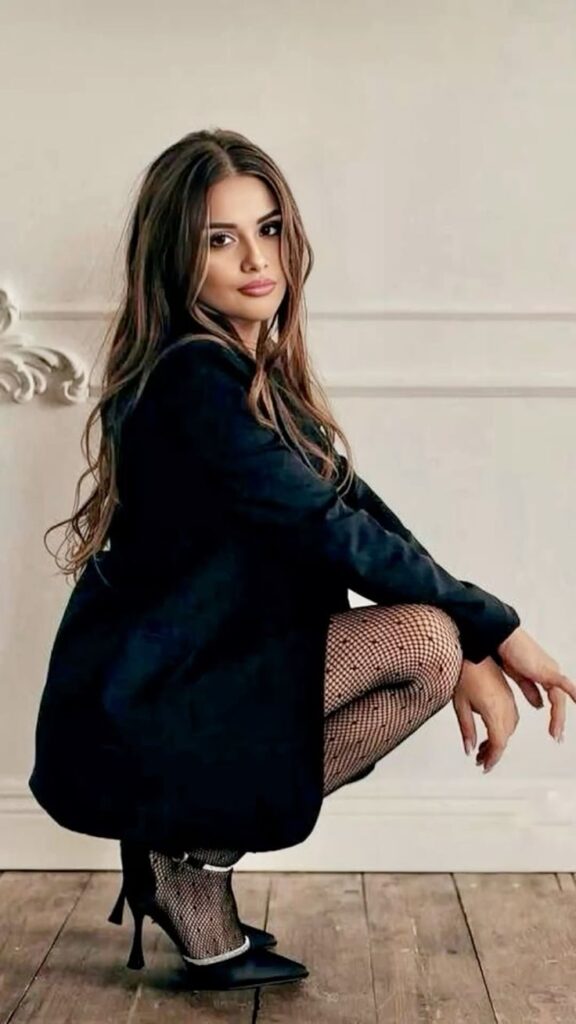

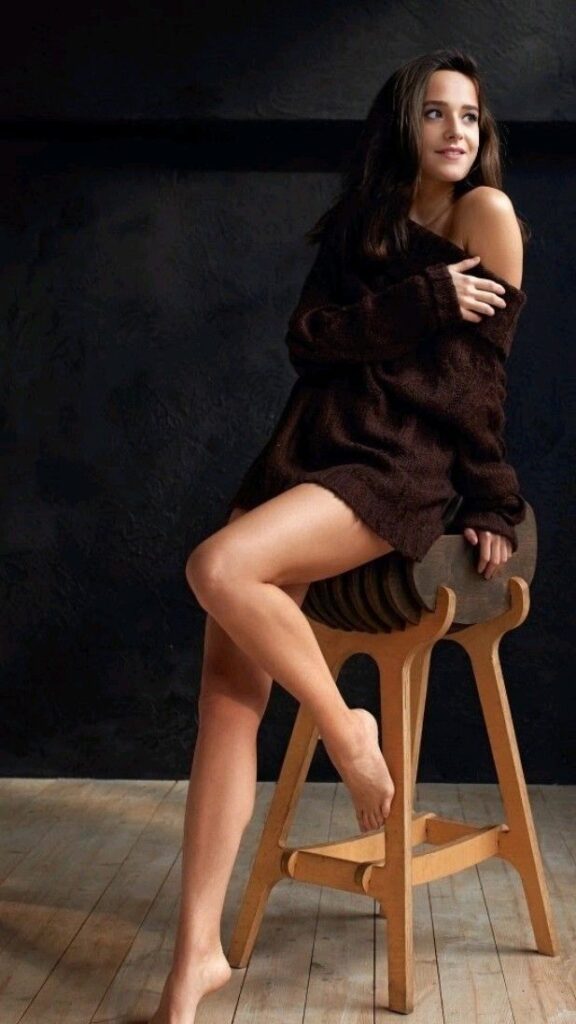

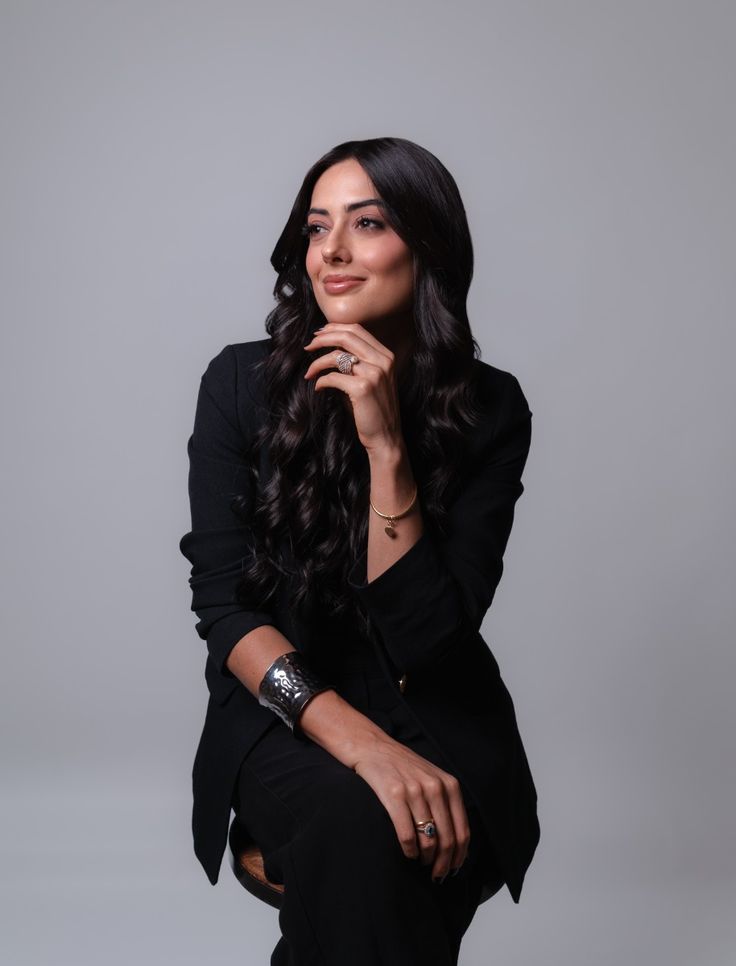
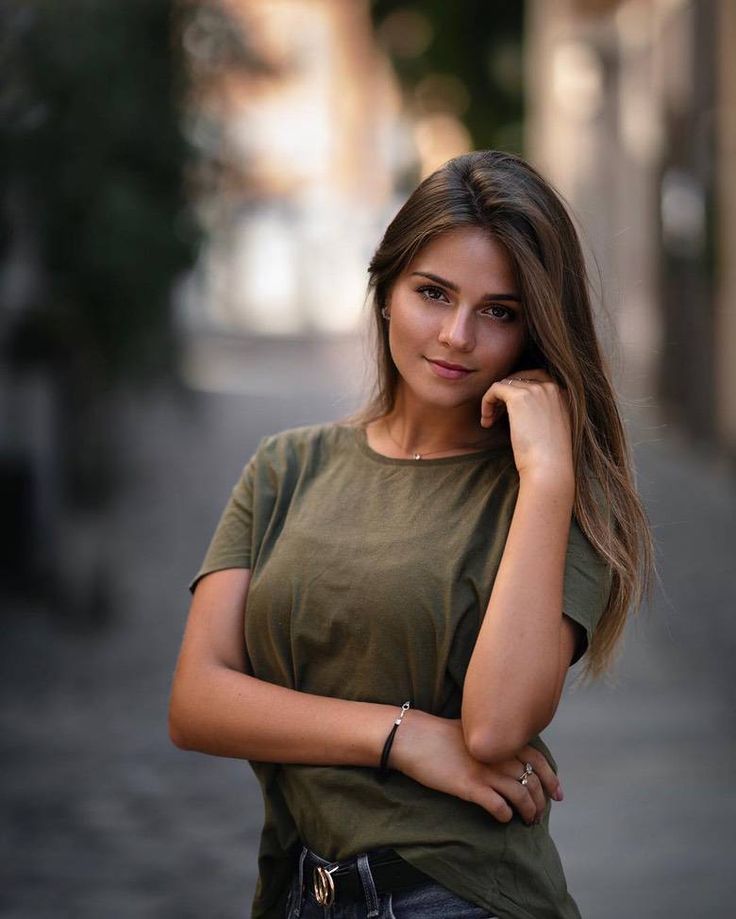
2. Building a Connection with Your Subject
Establishing trust and rapport with your subject is key to capturing raw emotions. A comfortable subject is more likely to open up, allowing their genuine personality to shine through.
2.1 Communication Is Key
Begin by having an open conversation with your subject. Ask them about their interests, experiences, and what they hope to achieve through the session. This helps you understand their personality and emotional state.
2.2 Create a Relaxed Environment
The atmosphere during a shoot can influence the emotions captured. Use calming tones, positive reinforcement, and a friendly demeanor to make your subject feel at ease.
2.3 The Importance of Empathy
Empathy allows you to understand your subject’s feelings and connect with them on a deeper level. This connection translates into more emotive portraits that reflect the subject’s true self.
3. Mastering the Role of Lighting in Emotional Portraits
Lighting is one of the most powerful tools in portrait photography. It shapes the mood of your images and highlights the emotions you want to convey.
3.1 Soft Light for Tender Emotions
Soft lighting, such as diffused natural light or light from a softbox, is ideal for capturing gentle, introspective emotions. It smoothens shadows and creates a serene, calming effect.
3.2 Dramatic Light for Intensity
Hard, directional light adds drama and intensity to a portrait. It can emphasize strong emotions like determination or sorrow by creating bold contrasts and deep shadows.
3.3 Backlighting for Ethereal Vibes
Backlighting creates a dreamy, otherworldly effect that’s perfect for portraits with a sense of wonder or nostalgia. It highlights silhouettes and adds a halo-like glow to the subject.
4. The Role of Composition in Evoking Emotions
Composition directs the viewer’s eye and influences how they perceive the emotions in a portrait. Strategic framing, angles, and placement play a critical role in storytelling.
4.1 Rule of Thirds for Balance
The rule of thirds creates a harmonious composition that naturally draws the viewer’s attention to the subject. It’s a versatile technique for capturing balanced and emotionally compelling portraits.
4.2 Close-Ups for Intimacy
Close-up shots emphasize facial expressions, drawing attention to the eyes, mouth, and other features that convey emotion. These details make the portrait feel personal and intimate.
4.3 Negative Space for Reflection
Incorporating negative space can create a sense of solitude or contemplation. It allows the subject to stand out while giving the viewer room to interpret the emotions in the image.
5. Capturing Emotion Through Body Language and Expressions
Facial expressions and body language are the primary ways subjects convey emotion in portraits. As a photographer, your ability to notice subtle cues can make or break a shot.
5.1 The Power of Eye Contact
Eyes are often called the “windows to the soul” for a reason. Direct eye contact can convey confidence, intimacy, or intensity, while averted gazes suggest thoughtfulness or vulnerability.
5.2 Posture and Gestures
The way a subject holds their body can communicate a wide range of emotions. A relaxed posture suggests ease, while tense shoulders or crossed arms may indicate discomfort or strength.
5.3 Encouraging Natural Expressions
Rather than directing every detail, encourage your subject to move naturally and express themselves freely. This approach often leads to more authentic emotions.
6. Using Props and Settings to Enhance Emotional Storytelling
Props and settings can add context to your portraits, reinforcing the emotions you aim to capture.
6.1 Meaningful Props
Incorporate items that hold personal significance for your subject. A cherished book, a musical instrument, or even a favorite scarf can evoke memories and emotions.
6.2 Choosing the Right Background
The setting of your shoot can amplify the mood. A bustling cityscape can convey energy, while a quiet forest suggests peace and solitude. Match the background to the story you want to tell.
6.3 Subtle Symbolism
Props and settings with symbolic meaning can add layers to your portraits. For example, an open window might symbolize freedom, while a worn bench could suggest nostalgia.
7. The Role of Color in Emotional Portraits
Colors have a psychological impact, influencing how emotions are perceived in an image. Thoughtful use of color can elevate your portraits and evoke specific feelings.
7.1 Warm Tones for Passion
Colors like red, orange, and yellow create feelings of warmth, energy, and passion. Use them for portraits that convey excitement or intensity.
7.2 Cool Tones for Serenity
Blue, green, and purple tones evoke calmness and introspection. These hues work well for serene or melancholic portraits.
7.3 Monochrome for Timeless Emotion
Black-and-white portraits strip away distractions, focusing solely on the subject’s expressions and emotions. This classic approach highlights the rawness of the moment.
8. Timing: Capturing the Perfect Emotional Moment
Great portrait photography often comes down to timing. The right moment can reveal emotions that staged poses cannot.
8.1 Anticipating Reactions
Pay close attention to your subject’s body language and expressions. Anticipating their reactions allows you to capture fleeting emotions.
8.2 Patience Is Key
Don’t rush the process. Allow your subject time to relax, open up, and reveal their true self. Patience often results in the most genuine moments.
8.3 The Beauty of Candid Shots
Unposed, candid moments often carry the most authentic emotions. Be ready to capture these natural expressions as they happen.
9. Post-Processing: Enhancing Emotions in Portraits
Editing can bring out the emotions in your portraits, emphasizing mood and storytelling.
9.1 Adjusting Contrast and Highlights
Fine-tuning contrast and highlights can add depth and drama to your portraits, enhancing the emotional impact.
9.2 Selective Color Grading
Subtle changes to color tones can shift the mood of an image. For instance, adding warm tones can evoke comfort, while cooler tones suggest introspection.
9.3 Removing Distractions
Use editing tools to eliminate distractions in the background or on the subject’s face. This ensures the focus remains on the emotions in the image.
10. Tips for Inclusive and Respectful Portrait Photography
As a portrait photographer, it’s essential to create a space that respects and celebrates diversity.
10.1 Embrace Individuality
Every subject has a unique story. Celebrate their individuality by highlighting what makes them special in your portraits.
10.2 Respect Cultural and Personal Boundaries
Always communicate with your subject to ensure they feel comfortable and respected. Avoid imposing ideas that may not align with their identity.
10.3 Showcase Diversity
Include subjects from different backgrounds, cultures, and lifestyles in your portfolio. This approach broadens your perspective and appeals to a wider audience.
Conclusion: The Art of Emotional Connection in Portrait Photography
Mastering the art of capturing emotions in portrait photography requires more than technical skill—it demands empathy, creativity, and a genuine connection with your subject. By building trust, using thoughtful techniques, and embracing the unique stories of your subjects, you can create portraits that resonate deeply with viewers.
Remember, the goal of portrait photography is not just to take a picture, but to capture a feeling. With practice and intention, you can elevate your craft and create portraits that tell powerful emotional stories.

Mobile Photography Hacks: Candid Moments with Your Phone
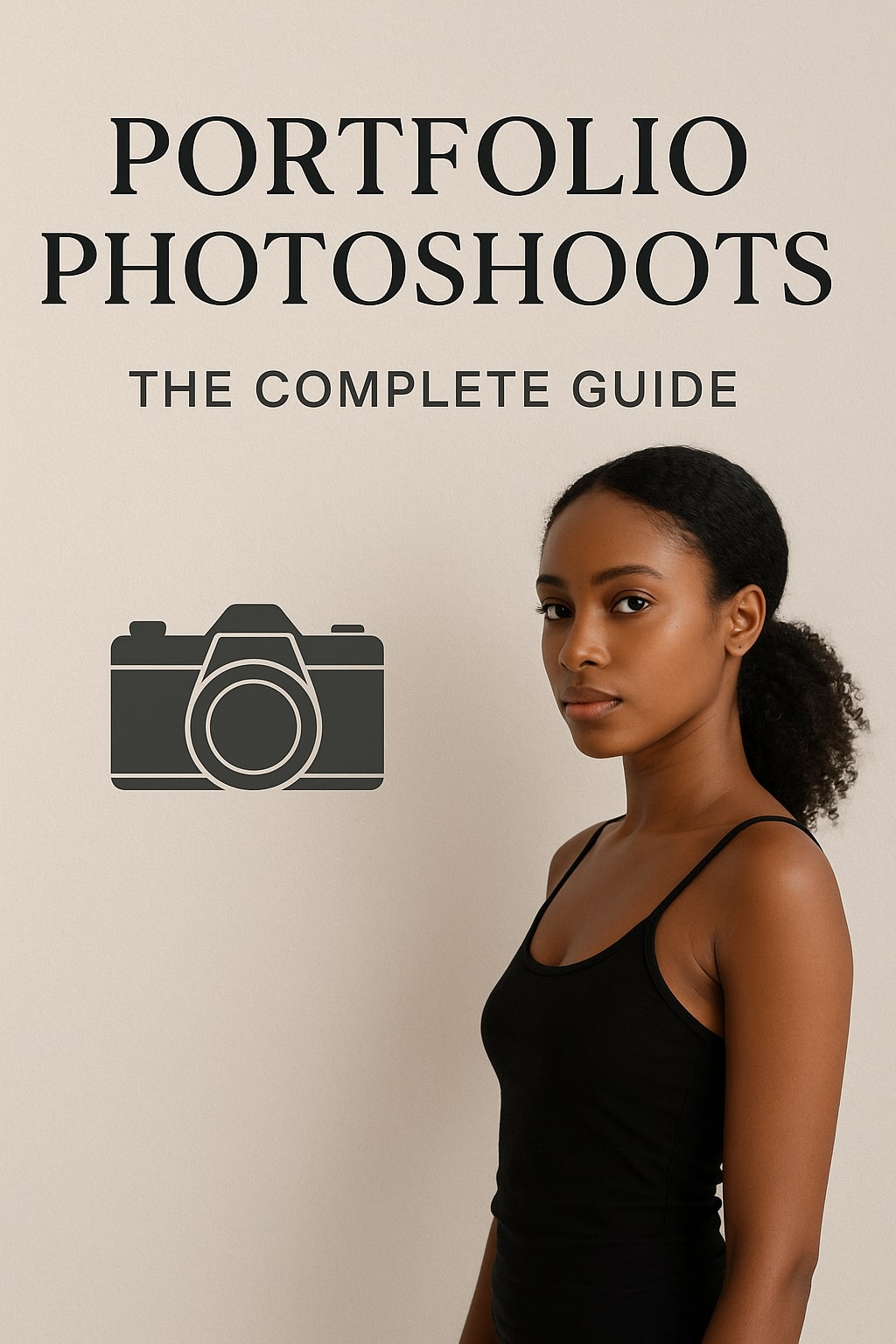
Professional Model & Portfolio Photoshoots: Show Your Best Work
-
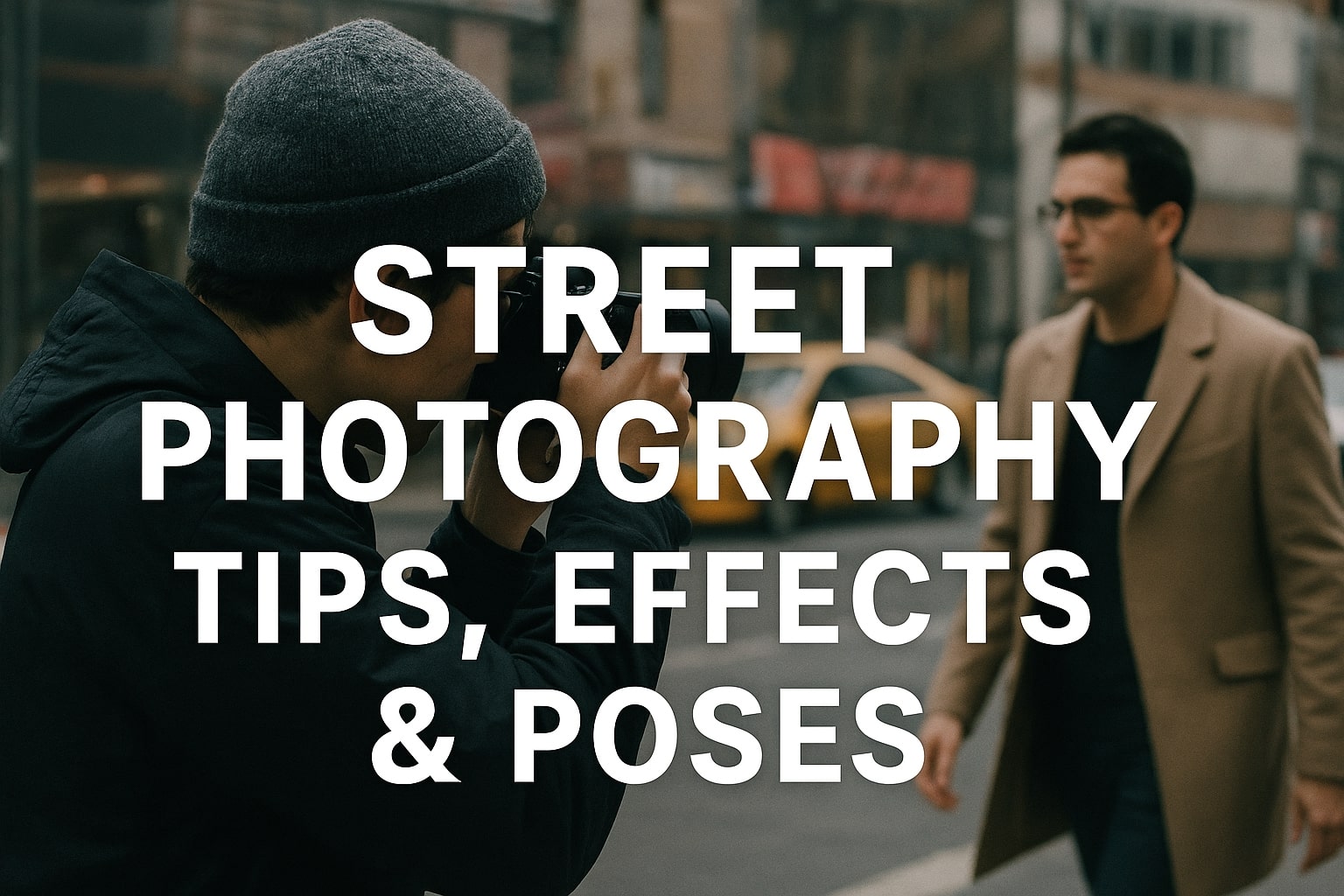
Street Photography Tips, Effects & Poses – Complete Guide
-
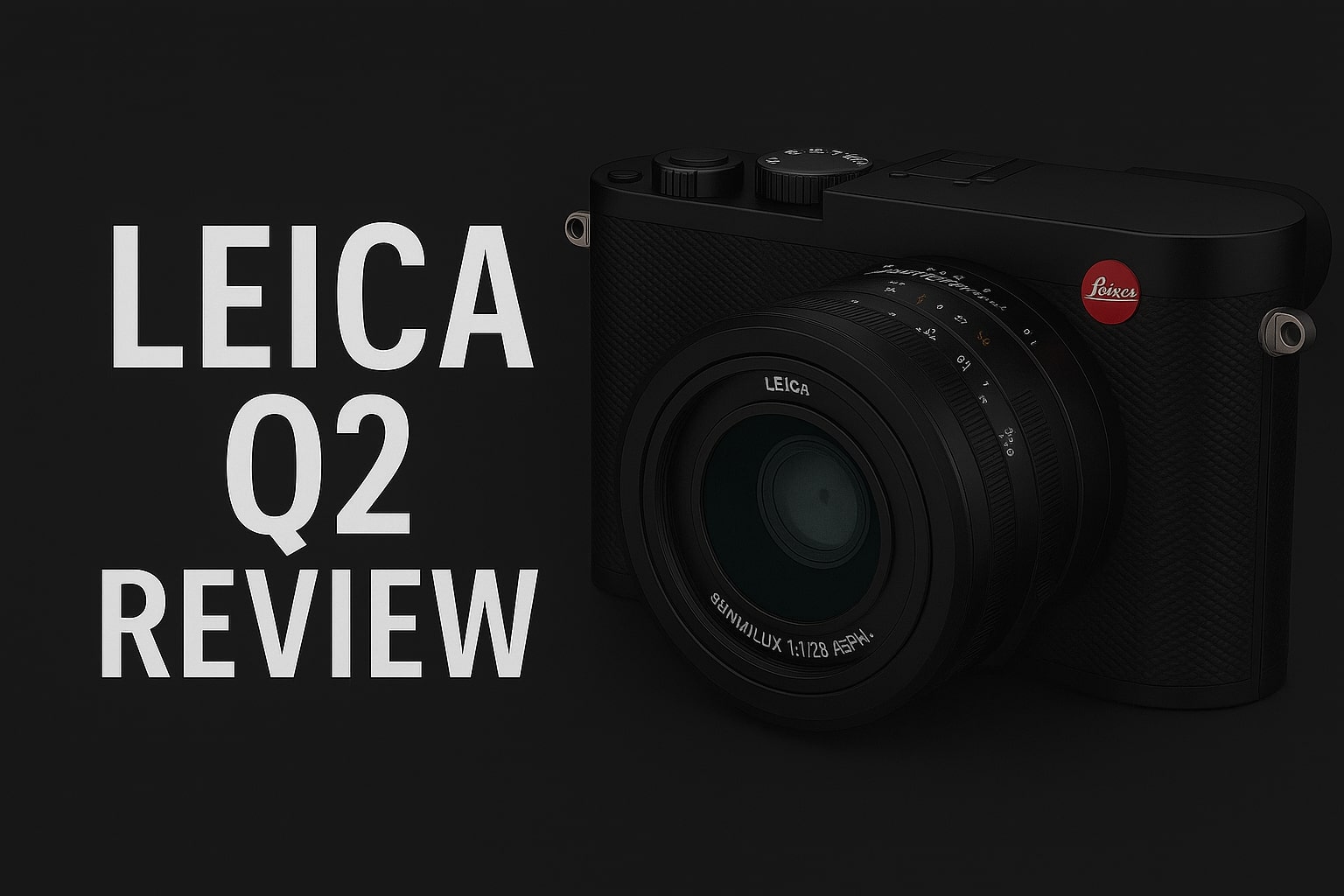
Leica Q2 for Photography: Why It’s Loved by Photographers
Mobile Photography Hacks: Candid Moments with Your Phone
Discover high-impact mobile photography hacks to capture genuine, gorgeous candid moments with your phone. Learn practical tips, composition secrets, and pro techniques to turn everyday scenes into stunning visual stories. Introduction: The New Age of Mobile Photography Photography has evolved beyond heavy cameras, technical jargon, and expensive equipment. Today, the power to capture extraordinary moments
Professional Model & Portfolio Photoshoots: Show Your Best Work
” Discover how to plan, style, and execute stunning portfolio photoshoots that showcase your skills, personality, and versatility. This comprehensive guide covers professional tips, posing ideas, gear suggestions, and industry insights for models and photographers.” Introduction – Why Portfolio Photoshoots Are the Cornerstone of a Photographer’s Career A well-crafted portfolio photoshoot is more than a
Street Photography Tips, Effects & Poses – Complete Guide
Discover the ultimate guide to Street Photography with expert tips, creative effects, and dynamic poses. Learn how to capture authentic urban moments, master composition, and tell powerful visual stories through your lens. Article Outline 1. Introduction to Street Photography Street Photography is more than just taking pictures of people in public spaces — it’s about
Leica Q2 for Photography: Why It’s Loved by Photographers
Introduction: The Cult Status of the Leica Q2 The Leica Q2 is not just a camera—it’s a statement. Combining the heritage of German precision engineering with modern digital excellence, it holds a special place in the hearts of professional and passionate photographers alike. With its full-frame sensor, prime Summilux lens, and minimalist design, the Q2
Top Cameras Under ₹1 Lakh for Freelance Photography
Freelance photography is no longer a niche—it’s a booming creative profession that demands not only vision and hustle but also the right gear. Your camera isn’t just a tool; it’s your storytelling partner. If you’re a freelance photographer aiming to balance performance, versatility, and budget, investing in a cameras under ₹1 lakh can offer the
Top Features of Nikon D850 That Make It Ideal for Photoshoots
Explore the top features of the Nikon D850 that make it a powerhouse for photoshoots. From exceptional resolution to dynamic range, this detailed Nikon D850 guide is built for professional and aspiring photographers. 1. Introduction When Nikon launched the D850, it quickly earned a reputation as a flagship DSLR that redefined what photographers could expect
